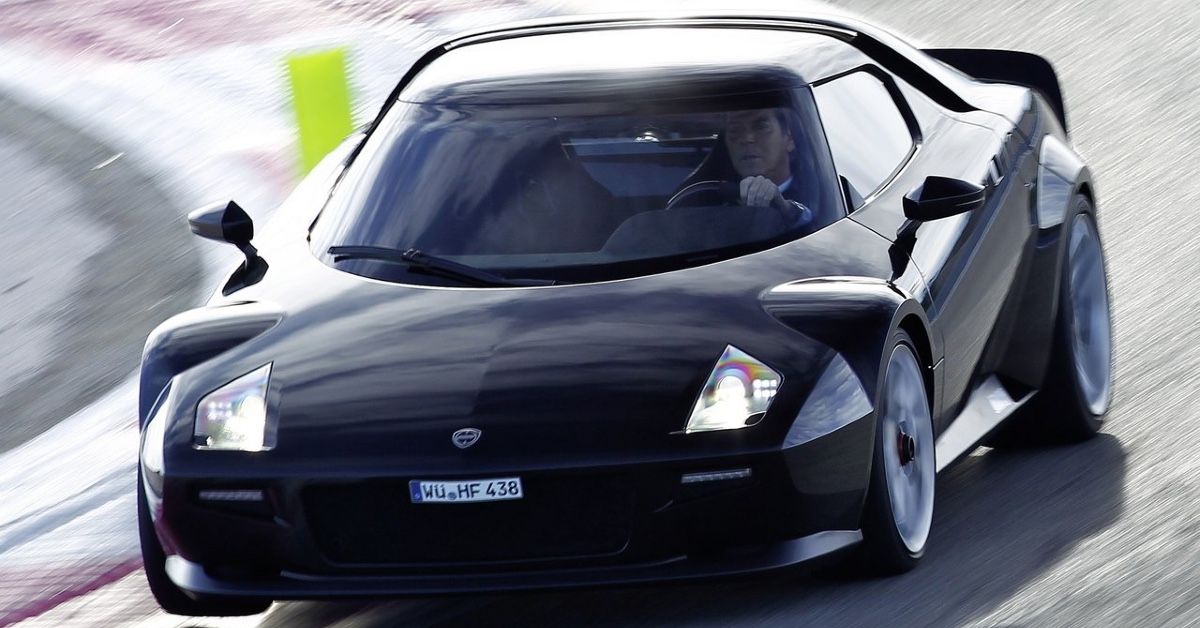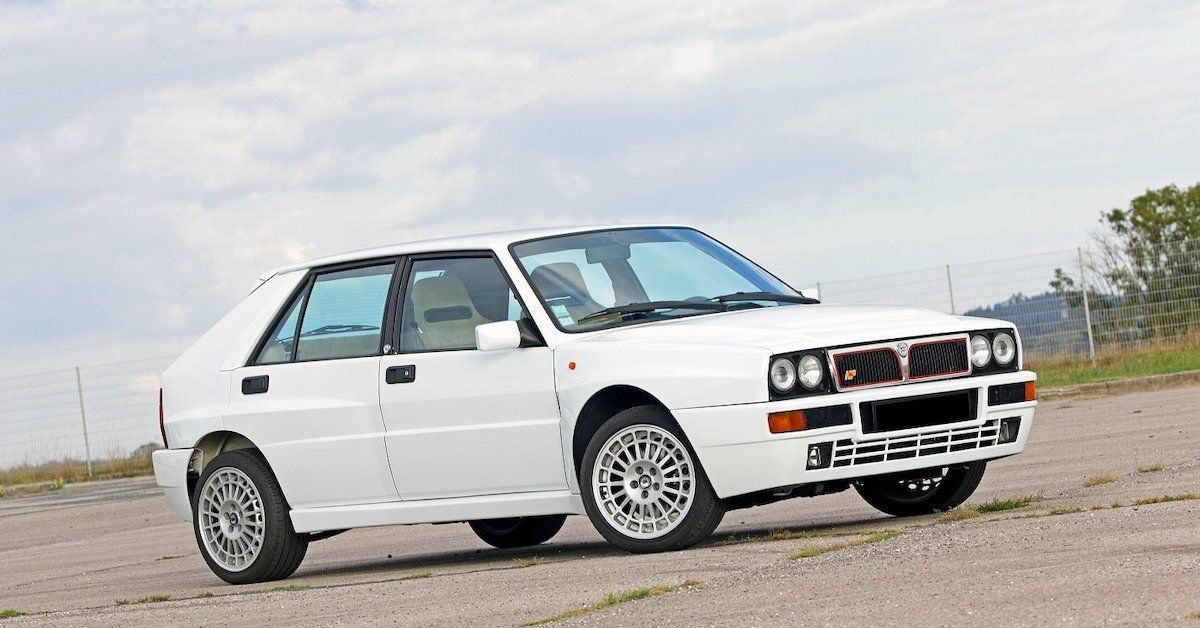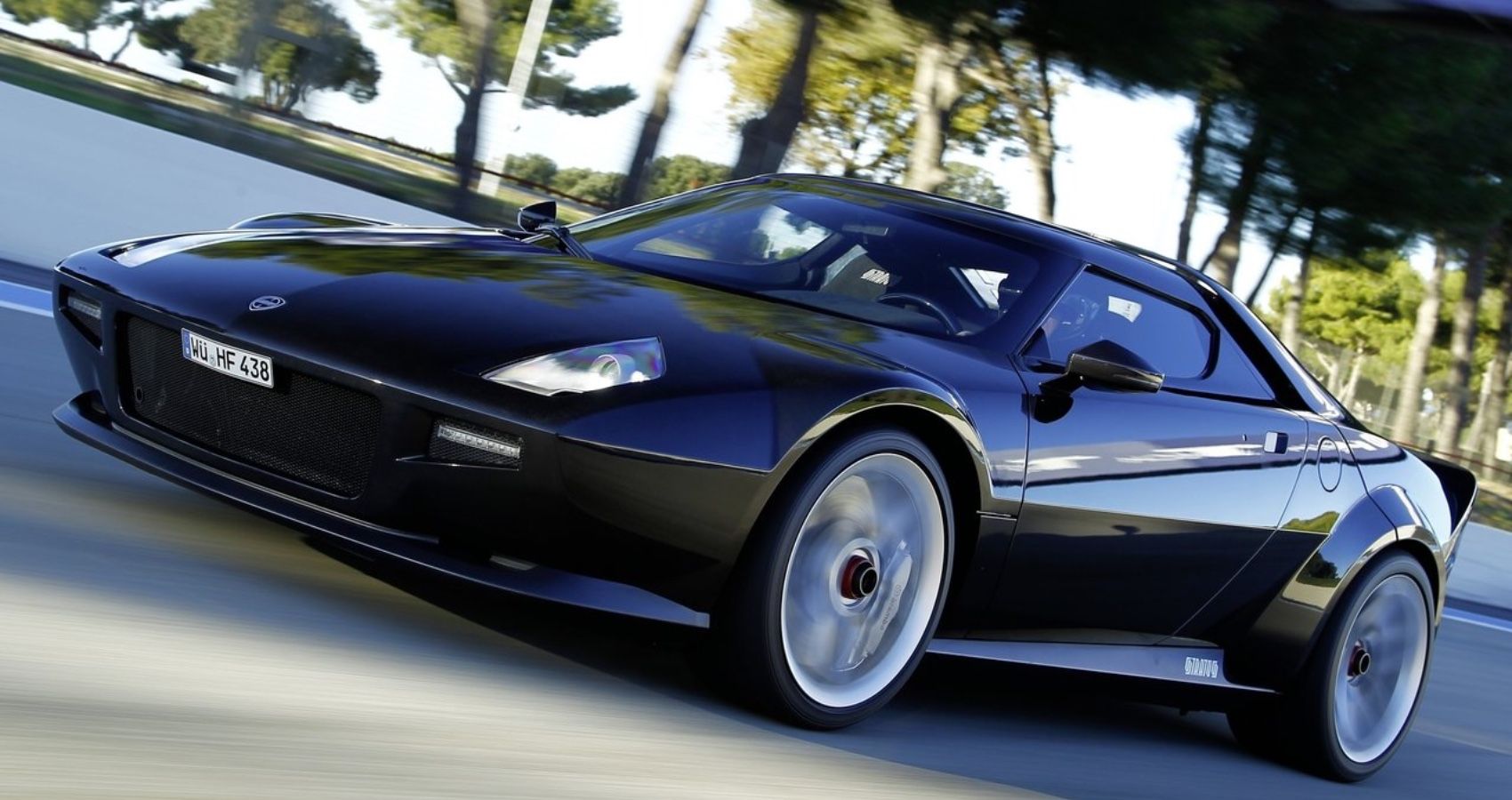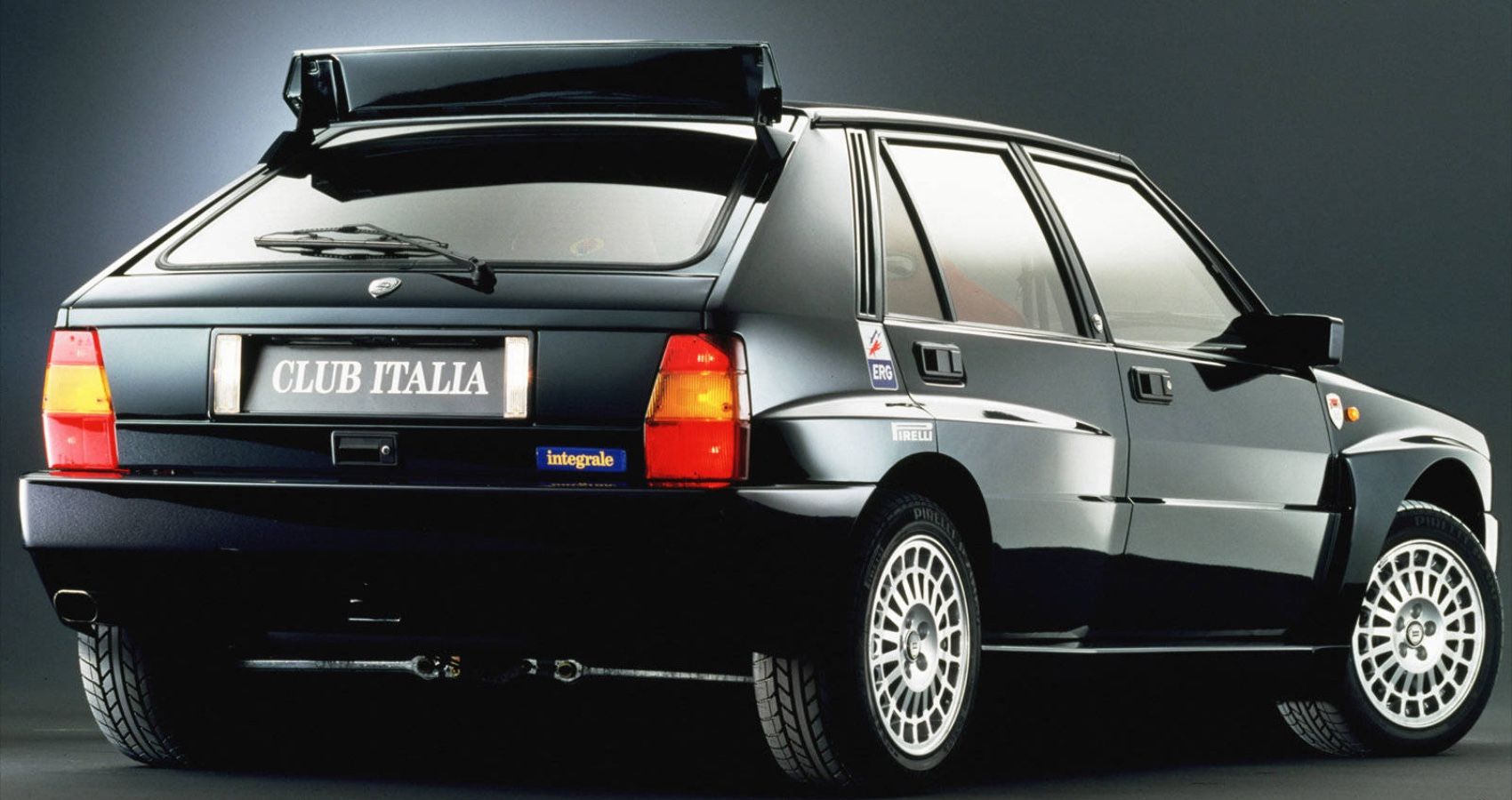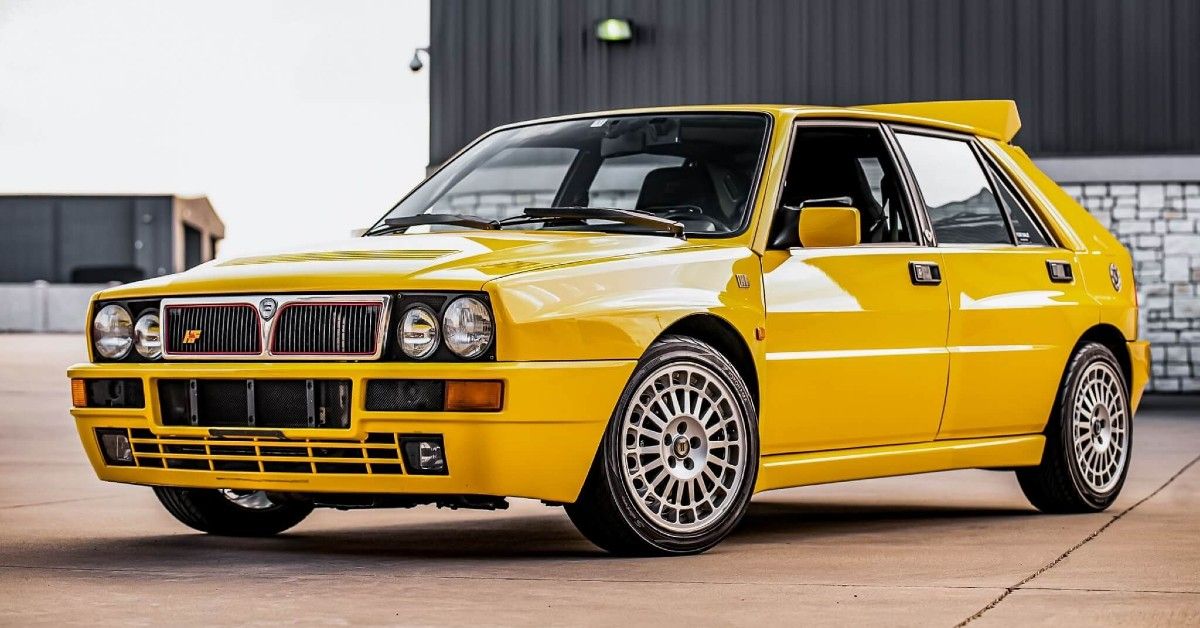If you’re new to the motoring scene, chances are Lancia is not a familiar name. However, a while back—before the 21st century—Lancia had a strong foothold in the automotive space. Badged a legendary brand, Lancia has established its racing prowess by dominating the sport of rallying with several iconic names.
The Lancia Stratos, a consistent winner of the WRC title, was a masterstroke. The Delta was nothing short of magnificent, and the Fulvia was an extremely attractive and nimble sports car. Back then, the Italian marque had an alluring lineup of cars that oozed pedigree. However, its dominance in motorsports was shattered by Audi. The Quattro was so overwhelming that competitors literally had no chance. Audi’s dominance in WRC was led by the Quattro A1 and A2, setting the bars higher as they progressed. Things weren’t looking good for the road-going Lancias either.
Much like Alfa Romeo, Lancia was falling apart, and its attempt at survival was spearheaded by the Ypsilon hatchback. While the small city car is now a decade old, it’s still being sold in Italy—surprisingly more than some of its contemporary rivals. With Stellantis planning to resurrect the Lancia brand in 2024, things are looking bright and cheerful for fans of the Italian marque. We sure hope it receives the love and affection Alfa got when FCA (now Stellantis) decided to bring it back to the United States.
Let’s Talk A Bit About Lancia’s History
Lancia’s roots can be traced to 1906 when two racing drivers Vincenzo Lancia and Claudio Fogolin decided to make a versatile sports car. Their first attempt was the Tipo 51, a 28-horsepower four-cylinder that made a few racing appearances.
The company was quick to gain traction as one of the leading innovators in the industry. The 1913 Lancia Theta was the first European production car to feature a complete electrical system as standard equipment. The 1922 Lambda made use of what is called a “Sliding pillar” independent front suspension, which was very futuristic for the time. It did not stop there, the first 5-speed gearbox saw its arrival in the Series 3 Ardea. Also, the 1950 Aurelia was the world’s first automobile to feature a production V6.
This extreme drive for innovation and excellence was taking a toll on Lancia’s financials. In 1969, Fiat stepped in to buy the company. The now-iconic nameplates like the Stratos and Delta saw their inception under Fiat’s supervision. The brand was really flourishing at one point, with immense success in both sales and motorsports.
The FCA merger saw things going downhill for Lancia. The badge engineering idea didn’t go well, and sales started plummeting. Much of Lancia’s lineup were rebadged Chryslers. This, along with not being able to compete with the more contemporary offerings, led to Lancia’s demise as a global player. Now, the company has one offering, the Ypsilon city car, which is only sold in Italy.
Lancia’s Comeback In 2024 Could be A Fueled by Alfa Romeo
If the FCA merger saw things fall apart, Stellantis has other plans for Lancia. The recent PSA-FCA collab is sparking quite the hype in the motoring world. The primary reason being Lancia’s comeback. Car Throttle reports that Lancia will likely become a premium brand in the newly opened Stellantis umbrella. Also, reports point to a series of Alfa Romeo, DS automotive, and Lancia models arriving by 2024.
There are reasons to support an alternative claim too. The conglomerate has a lot of restructuring to do across its 14 brands. While Lancia isn’t the priority for Stellantis Chief Carlos Tavares, its immediate arrival could prove a sign of better things to come. Given the popularity of its 10-year-old hatchback, Lancia is proving to be an emotion. If you don’t know, emotion and nostalgia sell. Alfa Romeo did it, Lotus gave it a shot, and voila! Things started selling.
What’s In It For The Enthusiasts?
While our expectations are more ambitious than practical, we have a few guesses on what could be on the updated Lancia menu. In our opinion, Stellantis should think of structuring Alfa as a potential Mercedes or Audi contender, while Lancia could go against Volkswagen and the like. Considering the EV trend, Lancia’s resurrection could be through the entry of an updated Ypsilon. Because the car is built on an old Fiat 500 platform, Stellantis could think of bringing a Ypsilon EV based on the funky Fiat 500e.
As for the spicy bits, a new Stratos and Delta could perhaps find their way into production, after studying the reception of its mass-market churner, of course. Once the initial attempts regain traction, Lancia could go all-in by launching the Integrale or other performance derivatives like Alfa did with the Quadrifoglio. We have high hopes for Lancia, and so does Stellantis. As part of their recovery plan for Lancia, Luca Napolitano was appointed the CEO, and Jean-Pierre Ploué its chief designer, indicating a reassuring comeback of the legendary Italian name.
Sources: Car Throttle, Classics World

